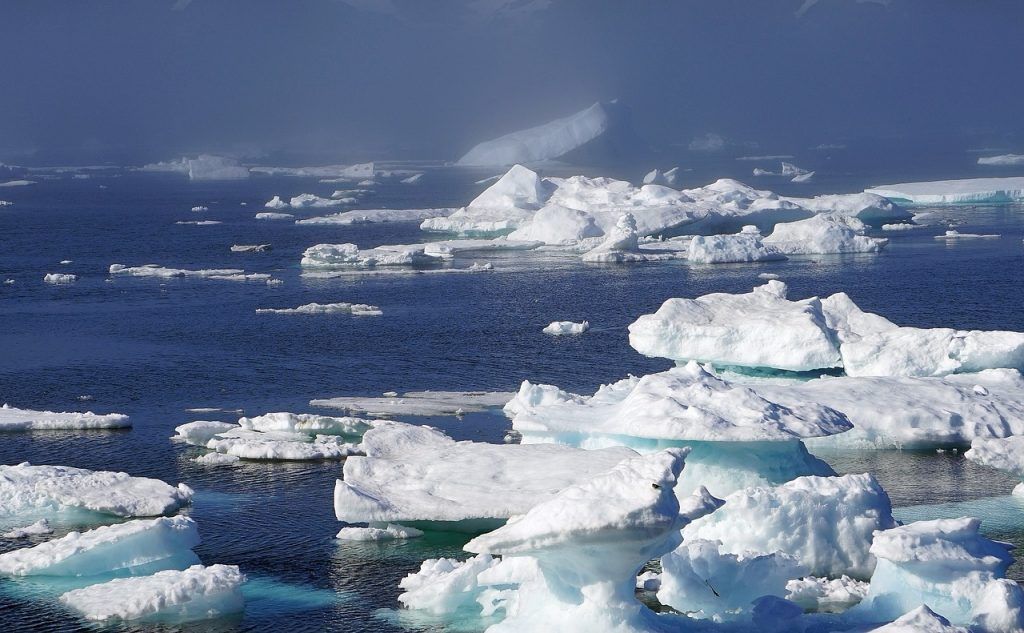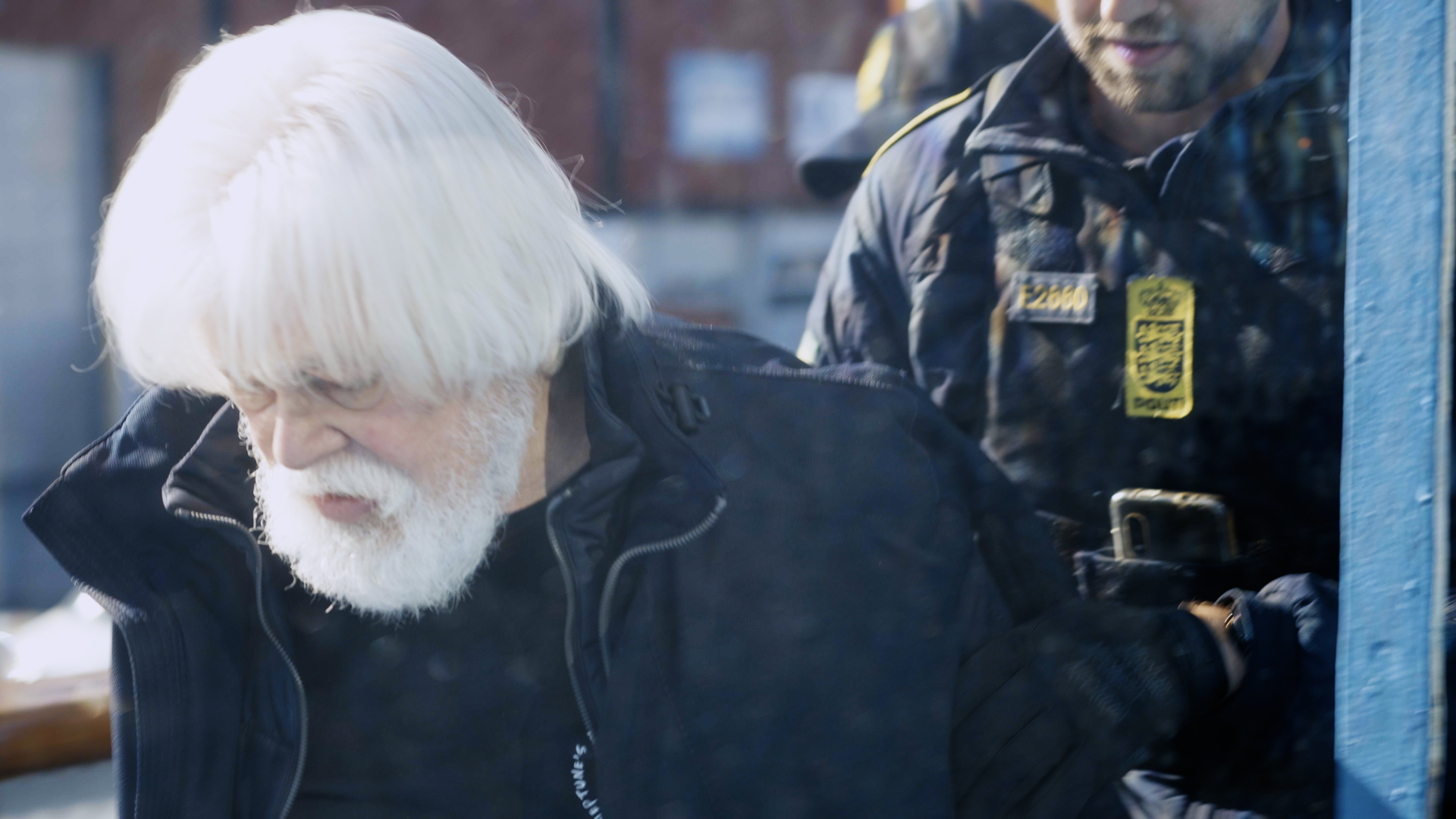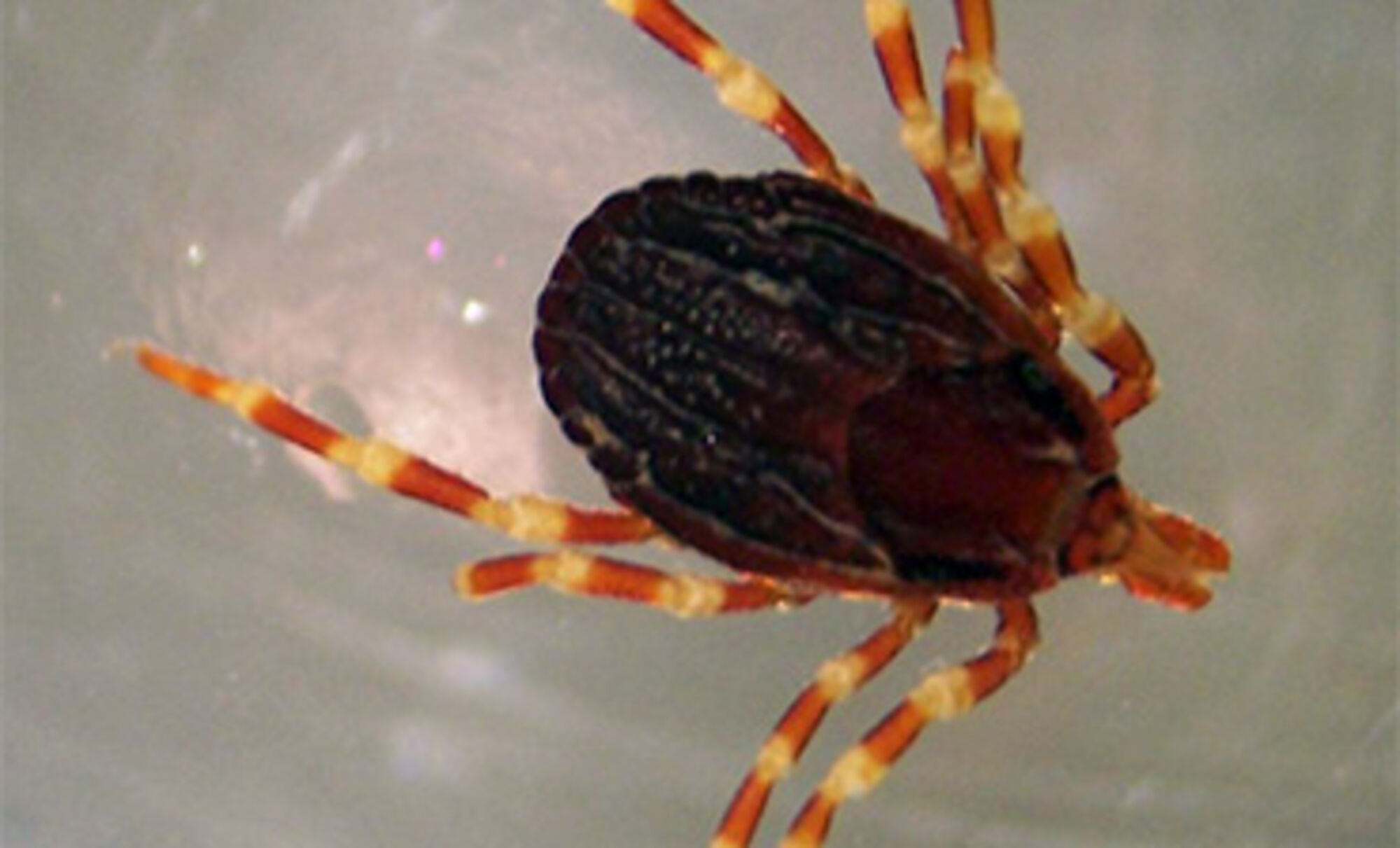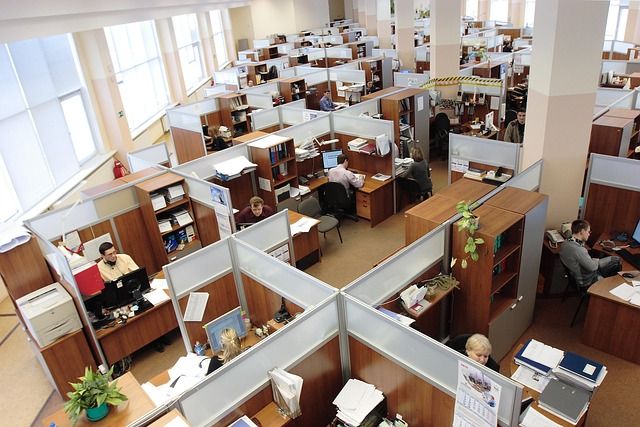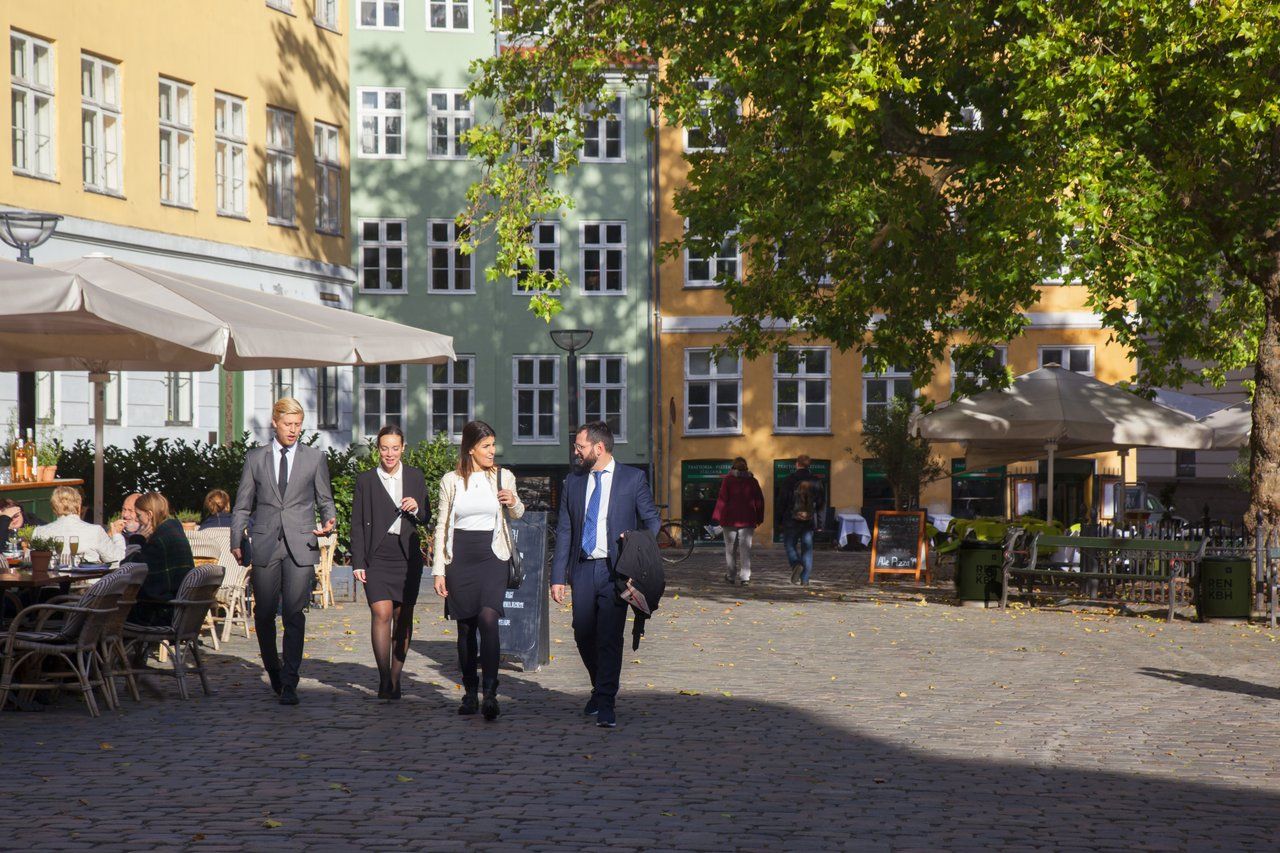On the banks of the Lakes (Søerne), near the bridge linking Nørrebro to the city centre, lie a series of curvy grass bumps, mushrooming along Nørre Sølgade. These are not mere geographical accidents, but man-made shelters built to harbour civilians in case of aerial bombing during World War II.
The city, however, recently set its sights on them and wants to level these bumps this autumn.
The city's plans did not go unnoticed and left many local residents infuriated. Among them was concerned citizen Sandra Høj, author of the 'Classic Copenhagen' blog, who decided to organise civic resistance.
She started out by creating a Facebook group – Red Broens Bunkere (Save the Bridge's Bunkers) – assembling close to 800 people to oppose the city’s plans. Consequently some of these supporters made their opposition visible, briefly occupying some of the bunkers on August 18 and putting up a big banner stating their intentions in giant red letters.
Faced with this unexpected revolt, Ayfer Baykal, the deputy mayor for technical and environmental affairs (SF) capitulated and suspended the project until further notice.
Local authorities planned to level bunkers throughout Greater Copenhagen but have now granted local councils greater flexibility in case they encounter similar events. In the case of the Nørrebro bunkers, the city argued that it intended to flatten the grass in order to offer more space for visitors to lie down on and enjoy the spot.
But these arguments did not satisfy residents.
“They underestimated how much we love this place,” Høj told The Copenhagen Post.
The area as it is, she claims, can already hold a great number of people and offers a “cosy” environment, far from the overcrowded saturation of other public spaces in Copenhagen, and a “good view” when sitting or lying atop the bumps.
Høj claims the city’s plans would have damaged the nature of the place, turning into “another Islands Brygge, where only one category of people would come rather than the diversity it knows today”.
The blogger also feared for the plant life surrounding the bunkers. The city’s original plan made it necessary to tear down several trees. Høj objected to this, saying it would have turned the spot into a “flat square of brown soil with cigarette buds”.
This is the second time Høj has made local authorities change course. Early this year, she placed cylindrical bins – called 'test tubes' – on Dronning Louise Bridge to cut down on the overwhelming litter created by disposable coffee cups litter. After initially removing them, the city later decided to set up 16 of Høj's specially designed aluminium tubes on Dronning Louise’s Bridge and Sankt Hans Torv.


